Interior designers share what they wish you knew about decorating a small space
Working with a small space? Experts share how to make it feel cozy, not cluttered
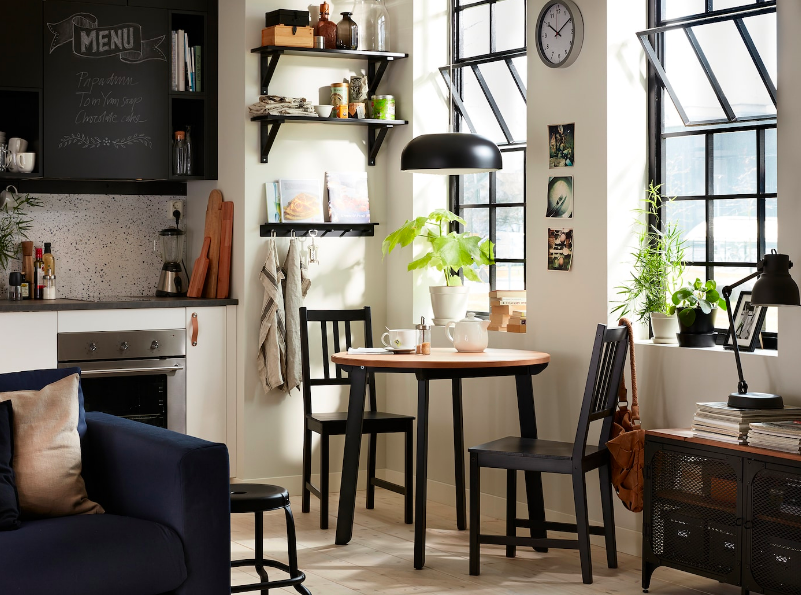

Although tiny home living and cozy city apartments are not exactly novel concepts, decorating a small space so that it's stylish, inviting, and still meets your needs can pose a challenge.
Whether you’re downsizing to a smaller apartment and wondering how you’ll fit all your worldly possessions into a space half the size of your old place (where will the washing machine actually go?!) or you’re fed up with feeling like your studio apartment is lacking a certain something that'll truly make it feel complete and comfortable, there are a few key rules that actually make decorating and living in the confines of a small space much easier.
Below, we spoke to a handful of interior designers and decorators to get their insights on exactly what they wish more people knew about decorating a small space – both in terms of bringing out its full potential aesthetically, and storage-wise, when dealing with clutter.
What interior designers wish you knew about decorating a small space
From opting for larger furniture to actually selecting design elements that are physically lighter in weight, these key pointers may surprise you—but they’ll definitely make a noticeable difference when designing and planning out a small space.
1. Use furnishings that are multipurpose

Owner and Principal Designer at JRL Interiors, Janet Lorusso, suggests using furnishings that are multipurpose – not only to avoid clutter but also to get multiple uses out of your space. A table that also works as a desk and food prep area, a bed that can function as seating by day and bed by night, bookcases that can function as room dividers, or ottomans that can serve as footstools or extra seating are all great tricks to get the most out of your space.
“Folding furnishings that can be stowed away when not in use are an option to consider if you have intermittent needs for more seating or table space,” says Lorusso. “Drop leaf tables take up very little space when closed, but offer the flexibility of half open or fully open when more surface is needed, while convertible furnishing like coffee tables that raise to dining height, or bookcases that slide to reveal media storage are excellent choices for a small space.”
2. Fit in storage wherever possible

Lorusso also suggests opting for night stands and end tables with hidden (or not) drawers or cabinets, rather than just a table surface. Shelving units with cubbies offer a lot of flexible storage and adding baskets or bins allow you to create drawers and contain clutter.
Get small space home decor ideas, celeb inspiration, DIY tips and more, straight to your inbox!
- See also: Small bathroom ideas
3. Keep color schemes to a minimum
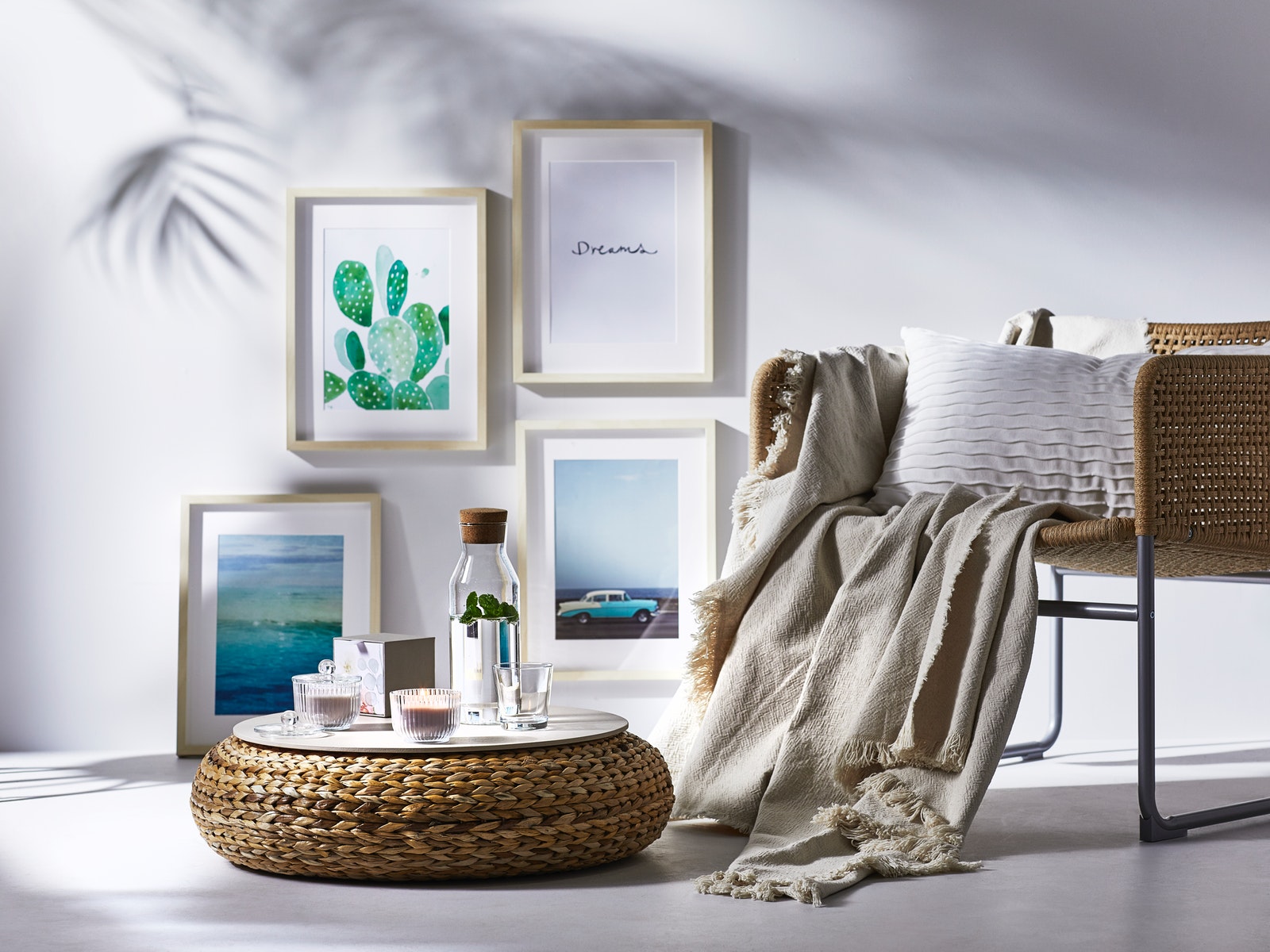
Whether you’re into monochrome or rainbow colorways, Lorusso urges anyone with a small space to limit the color palette to just two or three main colors, otherwise the space will quickly look overdone or cluttered – even if you don’t have that much physical clutter in the room.
4. Bring the feeling of outdoors in
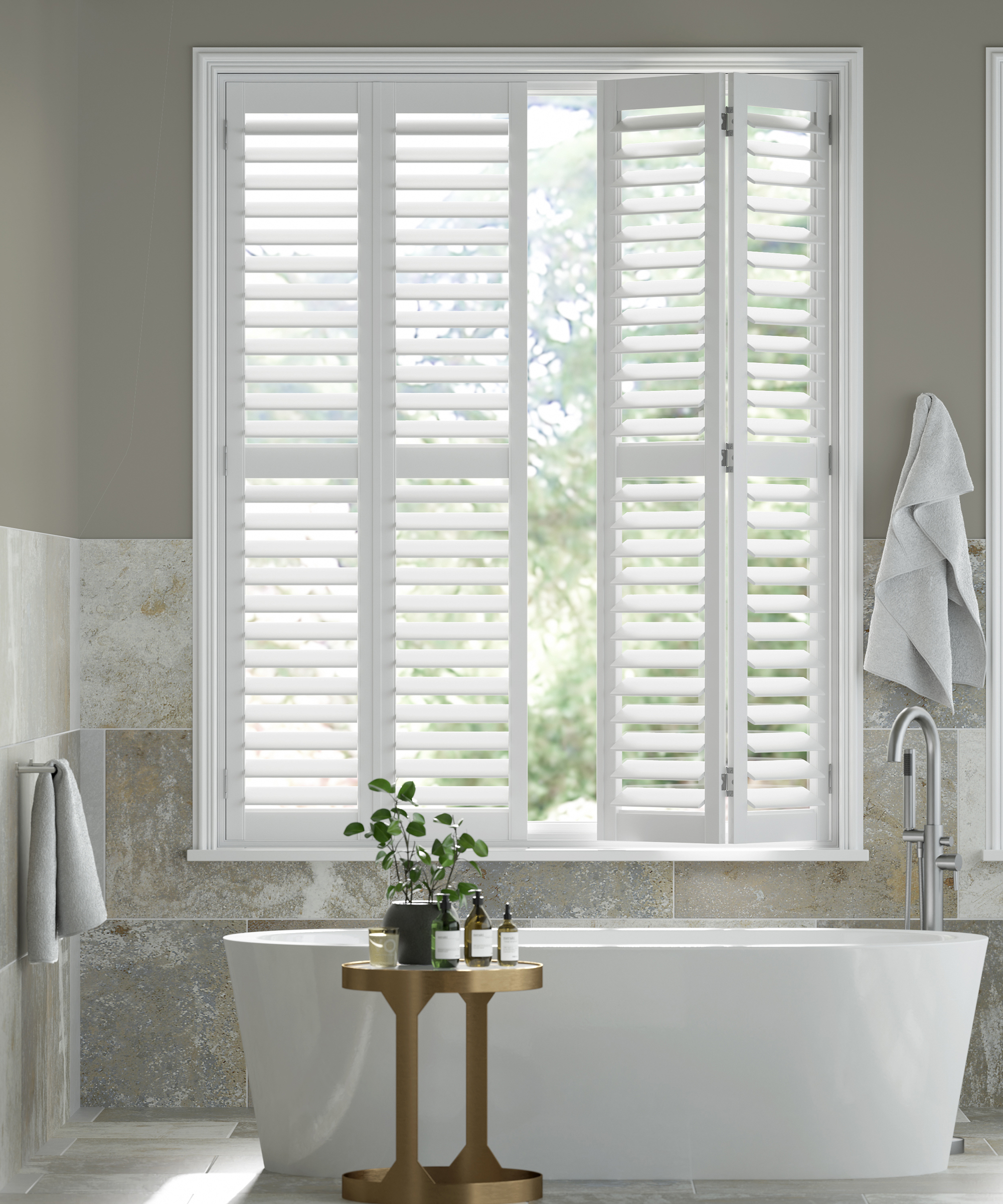
“Take advantage of as much natural light as possible with sheer window treatments or wooden blinds that offer privacy and light control, without completely blocking the light,” shares Lorusso. “And as always, add organic elements and plants to give a room life!”
5. Leverage vertical space
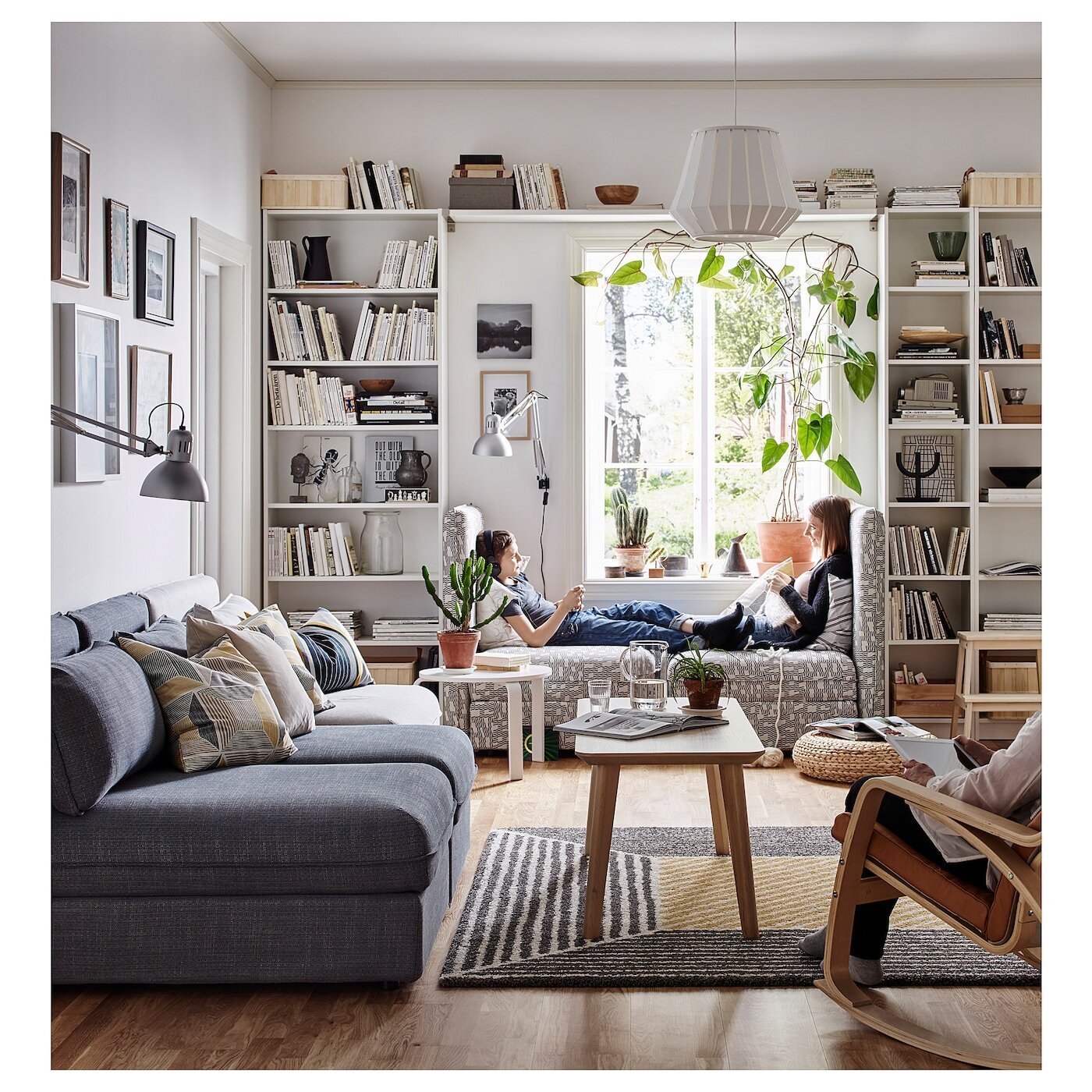
“The secret to successful design in a small space is making use of every inch that is available and putting it to its best use – both function-wise and aesthetics,” explains Cara Newhart, Interior Designer and Host of the Make Space Podcast. “Unused wall space is the biggest mistake I see people making when decorating small spaces!”
Taking things vertical, whether it be storage or decor, not only gives you more places to put items, but it also draws your eye up and away from the small floor, making the space feel bigger.
6. No time for clutter
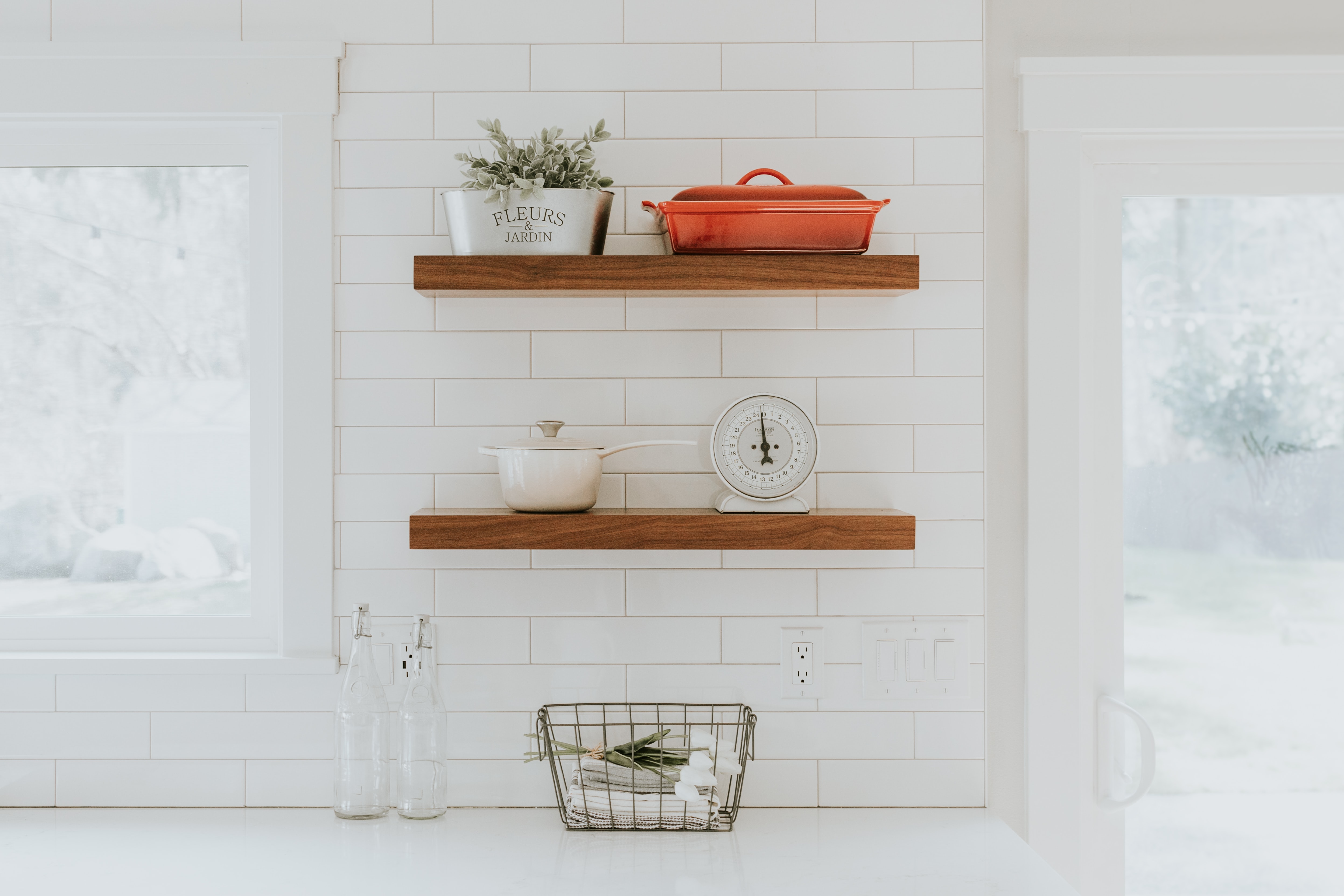
Clutter is the obvious enemy of small spaces since sometimes even just a few things out of place make it hard to function and make the room feel crowded. “The solution is going minimal or hiding storage in unexpected places – like some baskets on top of the cabinets in the kitchen, or a shelf on an otherwise unused wall,” says Newhart.
7. Go light on visual weight
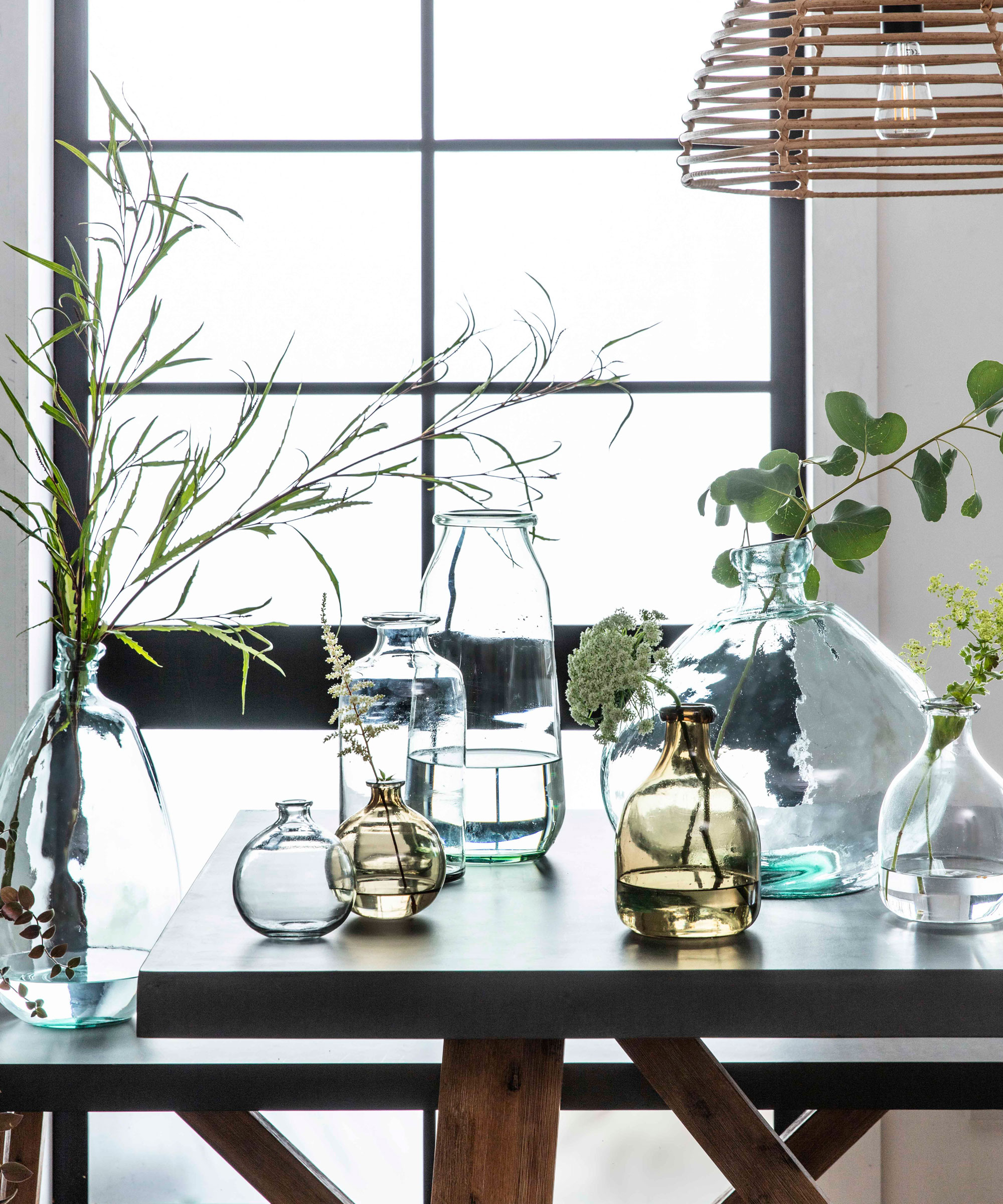
“This is definitely a pro design strategy, but opting for items that have less visual weight can make your space feel lighter and more roomy overall,” explains Newhart. “For example, a decorative vase made from concrete has a heavy visual weight (looks heavy) while the same size vase made of clear glass looks lighter.” You can also utilize this designer strategy choosing furniture with slim profiles and minimal lines over heavy-looking solid wood, for a more spacious feel.
8. Go pretty – with a purpose
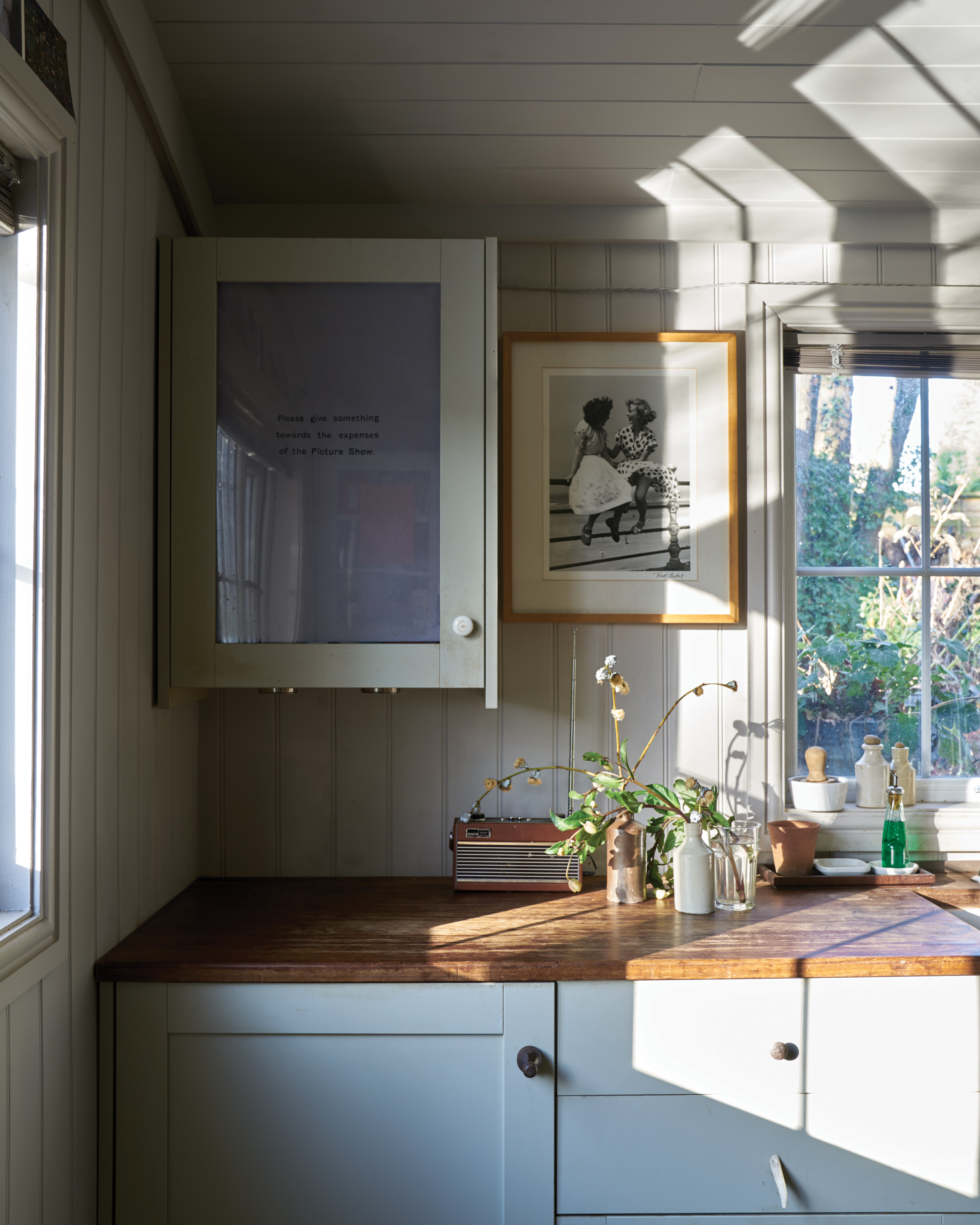
According to Newhart, for decor elements in small spaces, it isn’t enough to just be pretty. If the piece doesn’t tell your story, spark joy, or serve a purpose (hello more hidden storage or mirrors), it shouldn’t stay. “Be intentional about editing in your space and don’t feel bad letting go of pieces that don’t strongly showcase your story, make you smile, or offer functionality.”
9. Don’t shy away from the space you do have
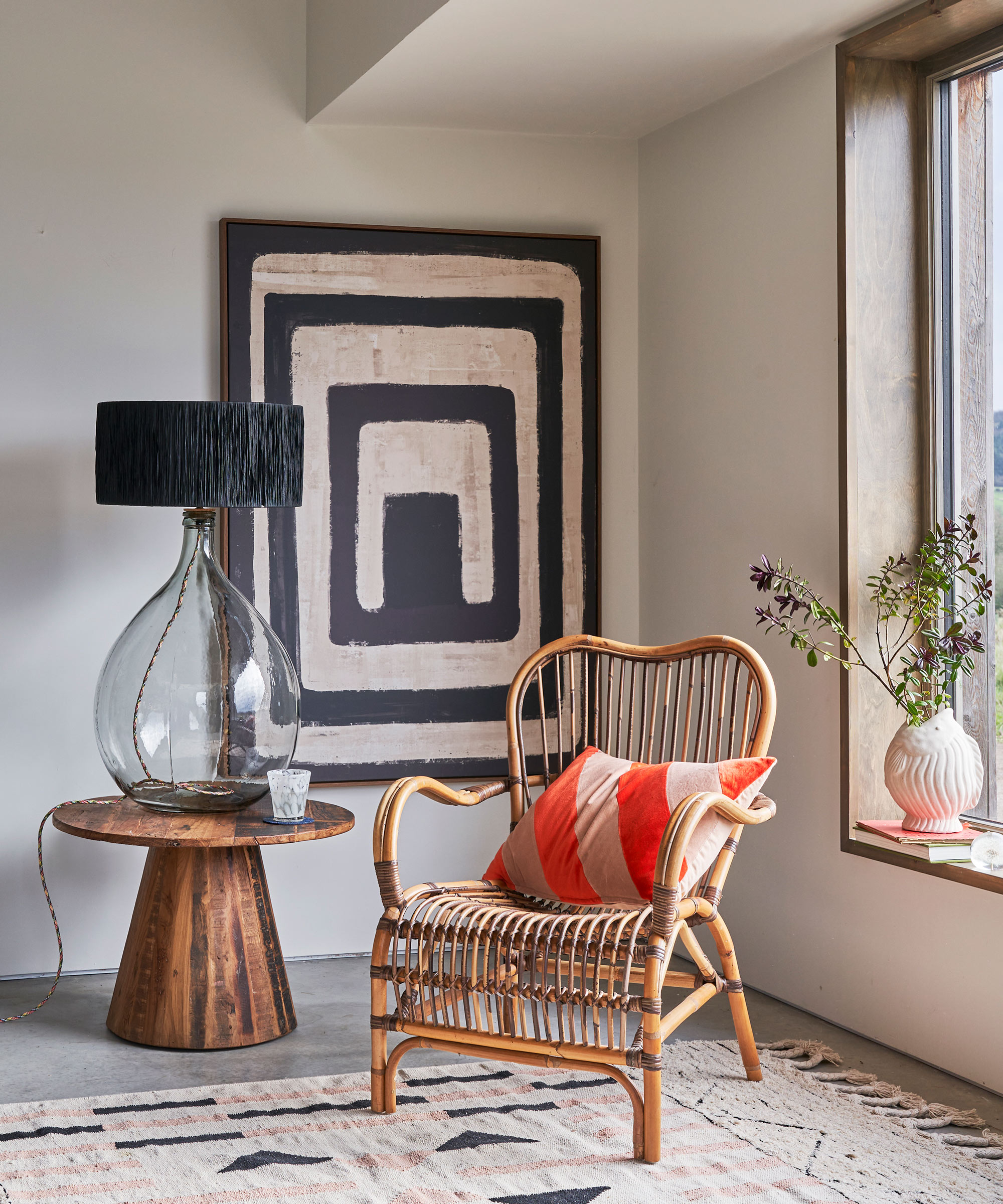
“When it comes to small spaces, the best approach is not to shy away from fully using the space you have,” explains Los Angeles-based interior designer, Megan Dufresne. “Many people make the mistake of trying to go small in their decor choices in order to take up as little room as possible. But, in actuality, doing this makes the room look and feel even smaller.”
For example, using too small a rug emphasizes how small a room. To create the illusion of more space, it would be better to use the largest rug a room can accommodate. In this way, you bring visual interest and warmth into the room without losing any actual space.
10. Forego tiny furniture

Along the same lines, tiny furniture ends up making an area seem cramped. According to Dufresne, it’s much better to opt for the largest sofa that can comfortably fit in a room and still allow for side tables and walkways. “This will help make the room feel inviting and cozy, rather than sparse or cold. Similarly, a bed in a small bedroom should follow this same rule. Use the space you have to its full potential!”

Kaitlyn is an experienced travel and lifestyle writer with a keen interest in interior decorating and home optimization. An avid traveler, she's currently splitting her time between her apartment in a century-old châteauesque building in Montreal and her cozy chalet in the woods (that she built with her own two hands... and many YouTube tutorials!). Her work has been published in Travel + Leisure, Tatler Asia, Forbes, Robb Report Singapore, and various other international publications.